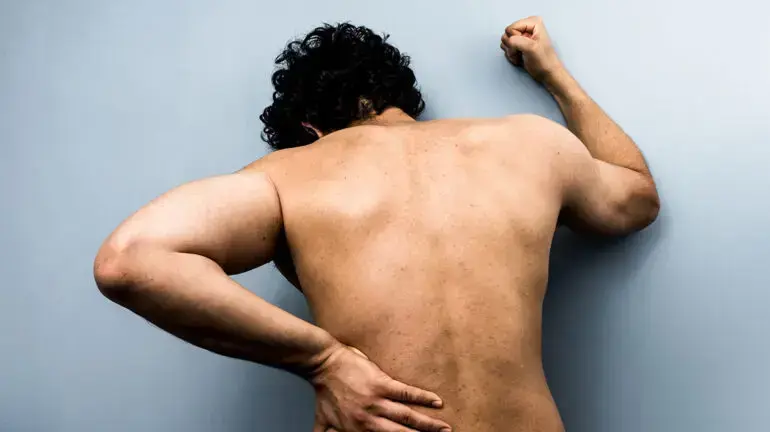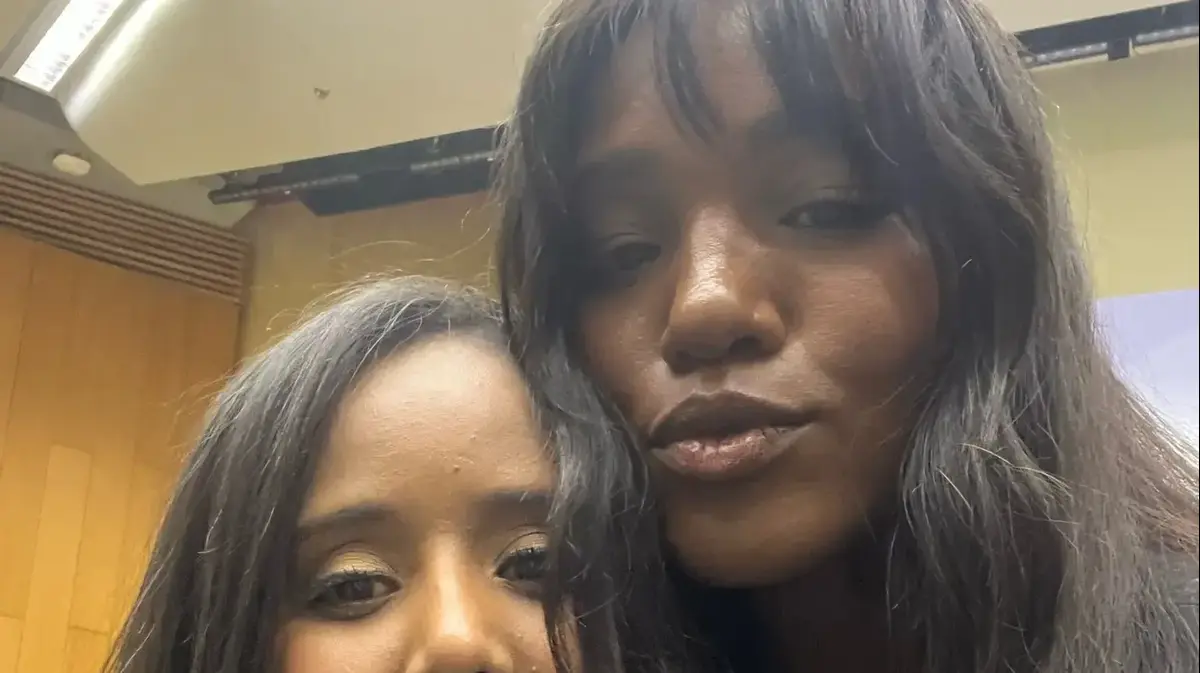Dr. Dror Ovadia explains what causes scoliosis and how to treat the phenomenon (Walla System)
Scoliosis is a deformity of the spine, and even though it sounds like something that can be easily identified - in many cases it is not diagnosed, or is diagnosed late.
Dr. Dror Ovadia, director of the pediatric orthopedics department at Dana Hospital in Ichilov, was a guest on the "Expert Clinic" podcast to explain what causes scoliosis and how to treat the phenomenon.
"There is no connection between walking straight and scoliosis, and there are all kinds of scoliosis and different positions in the spine So even very significant curves are not so visible to the eye, because the spine knows how to balance itself, because the body creates two curves," Dr. Ovadia explained at the beginning of his speech.
And there is another myth worth busting: "Scoliosis is something internal, in the way our body grows, in the genetic code of that child's growth, and there is no connection between carrying a heavy bag or sitting straight and scoliosis," he added.
How is scoliosis diagnosed?
"Scoliosis is a deformity of the tilt of the back by more than 10 percent that is accompanied by a rotation of the vertebrae, so that it is actually a deformity that is three-dimensional," explained Dr. Ovadia, "15 to 20 percent of the cases are discovered after a complaint of pain, but in 80 In a percentage of cases there is no pain, but only a matter of awareness, to look at the children and suddenly see only asymmetry between the shoulder blades or at shoulder level or at the waist, or a protrusion of one of the shoulder blades, or that the shoulders are not at the same height."
More in Walla!
When should back pain in children worry us?
A season expert
To the full article
Do we have to treat scoliosis?
Idiopathic scoliosis is the more common form of scoliosis - a child who apart from scoliosis is healthy, without underlying diseases.
In this case you can live a completely normal and healthy lifestyle.
"Even with the more significant scoliosis, one can live up to 120, but the main damage will be to that person's quality of life," explained Dr. Ovadia. He added that untreated scoliosis has long-term consequences on 3 levels:
1. Because scoliosis is a deformity that is threefold Dimensional, and most scoliosis also affects the dorsal spine, there is also an impact on the chest - the ribs are distorted and the volume of the chest is small. As a result, a lung disease may develop that is related to the work that the chest cage is small, then more crowded and the lungs have less room to spread.
2. The second effect It's more back pain as a result of wear and tear of the joints
3. Aesthetic damage - increased bulge, lack of symmetry in the body.
What do you do if you suspect scoliosis?
"First of all, the diagnosis of scoliosis is based on negation," explained Dr. Ovda, adding that when a child comes to him, he must rule out the existence of another disease of which scoliosis is only a secondary effect, such as Marfan's syndrome - a syndrome that damages the child's connective tissue. There can also be congenital scoliosis, which is not seen in a physical examination but can be detected in an X-ray," he added, and can also be secondary to other bone diseases.
"Scoliosis is linked to the genetic code of that child's growth."
Illustration of a spine (photo: ShutterStock)
If it is indeed determined that the child has scoliosis, the treatment depends on two factors - the size and severity of the scoliosis and how much growth potential that child still has.
"If the scoliosis is very small, at any age it does not require treatment, and it is likely that it will remain that way, and you just need to remain under surveillance," said Dr. Ovadia, "When the scoliosis is more severe and there is growth potential for the child - it is recommended to start treatment to prevent the scoliosis from getting worse." .
How are you treated?
"The only scientifically proven treatment is a corset - a hard plastic belt that is worn under clothes, not the greatest fun for a boy or a teenager. The corset comes to direct the growth of the body," explained Dr. Ovadia. The corset does not correct, but only stops the deterioration of the scoliosis, and wear it until the end of the growth period - in girls between the ages of 11 and 14.5 and in boys a little later between 12 and 15.5.
Also in a specialist clinic:
1 in 100 men have no sperm at all. Why does this happen?
Why do we sometimes have black spots in the field The
vision - and is it dangerous?
"The degree of effectiveness of the treatment in its ability to stop scoliosis depends on the quality of the corset and the length of time that the boy or girl is willing to wear it," said Dr. Ovda, adding that if the corset is worn for less than 16 hours a day, it does almost nothing Nothing.
"Fortunately, two years ago it was included in the health basket, but you have to pay for good quality corsets," he added.
In cases where the scoliosis was discovered very late and is severe - the corset will not help.
In these cases "if the scoliosis reaches values greater than 45 - 50 degrees", it can interfere with the quality of life in the future, and will continue to deteriorate.
Therefore, surgical intervention is recommended.
"There is no surgery without complications, but luckily for us in idiopathic scoliosis the percentage of complications is very low, a maximum of 2 percent of complications, most of them pass and do not leave a disability," he added
health
Tags
scoliosis
back pain











